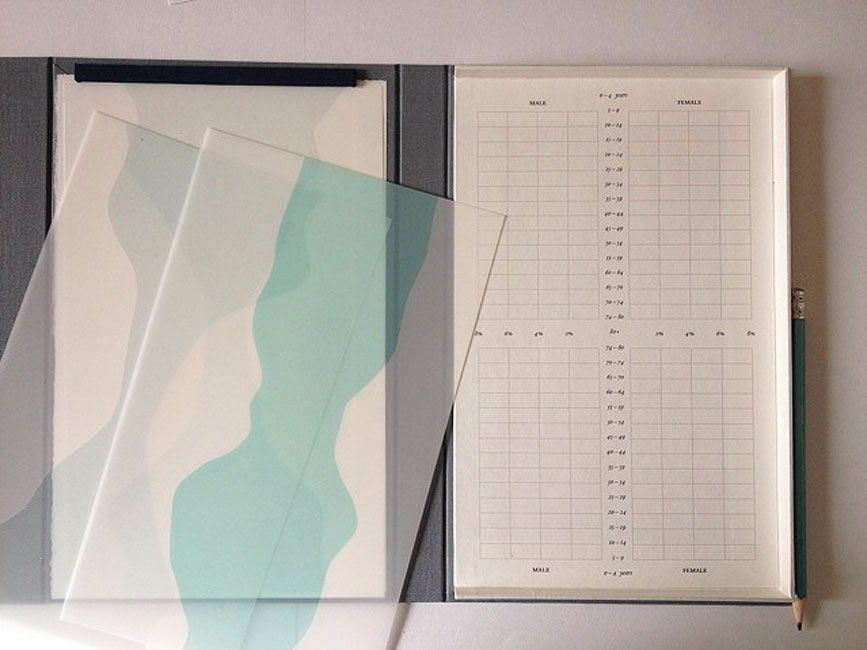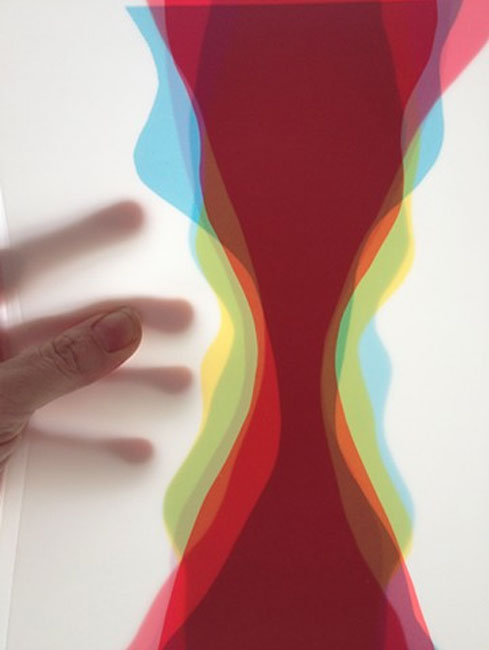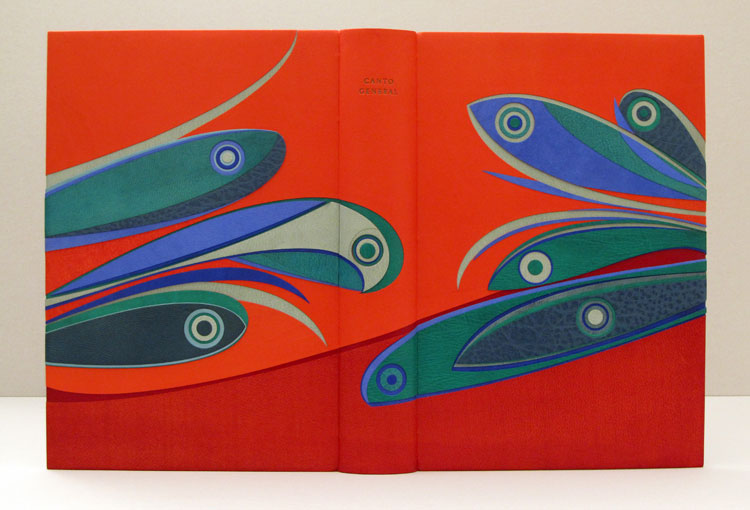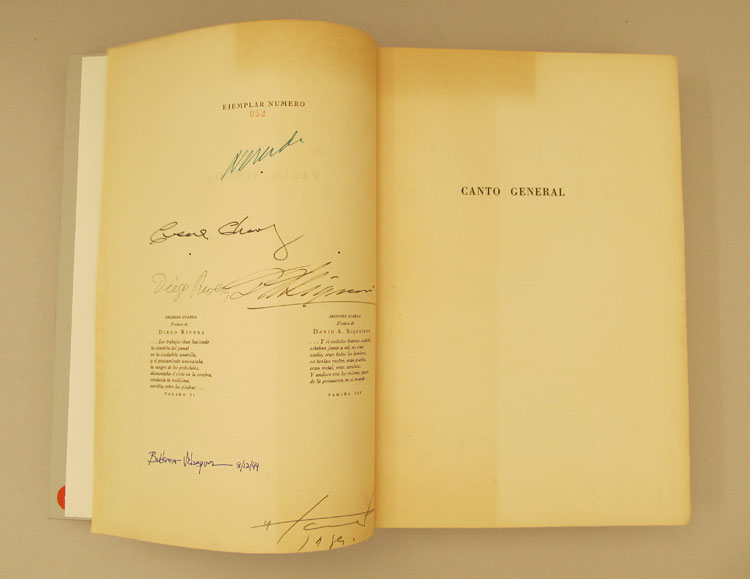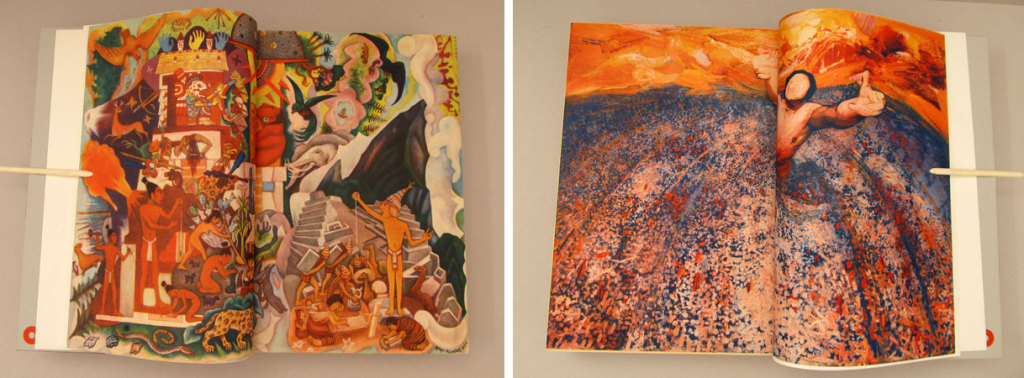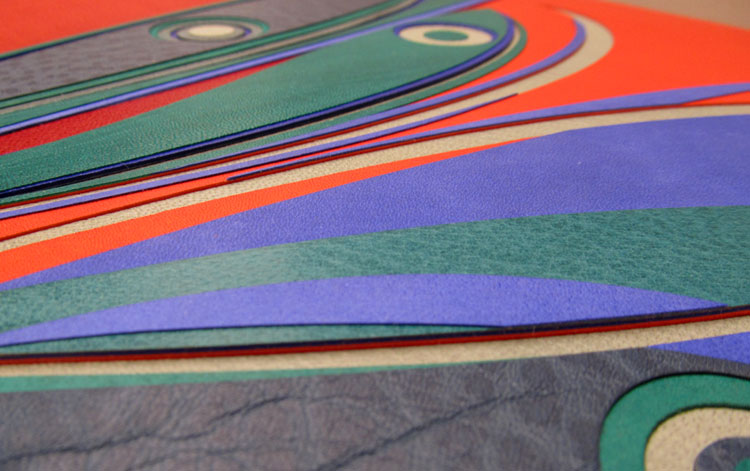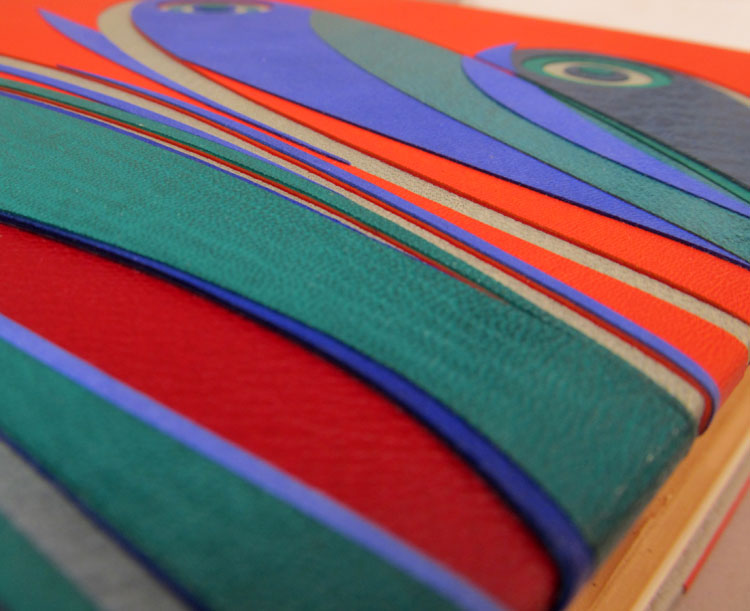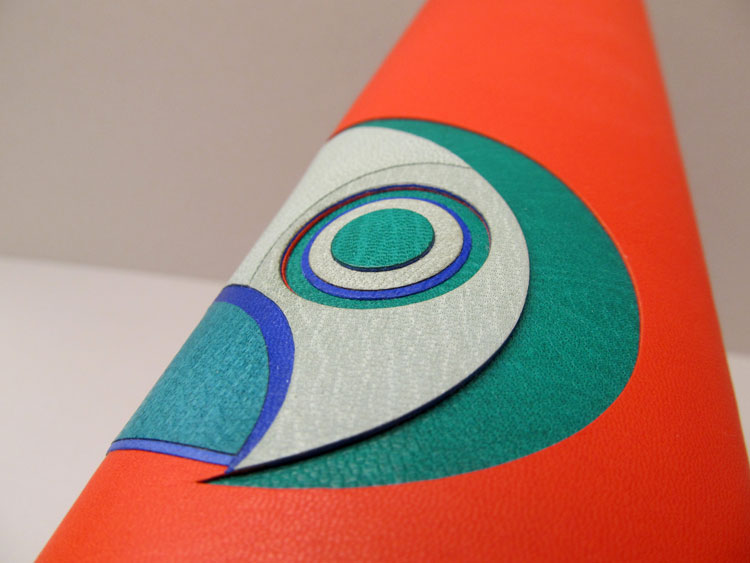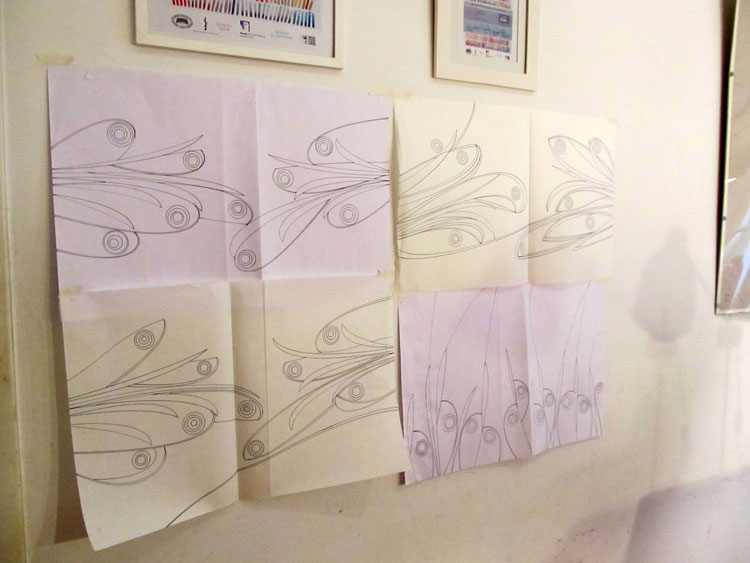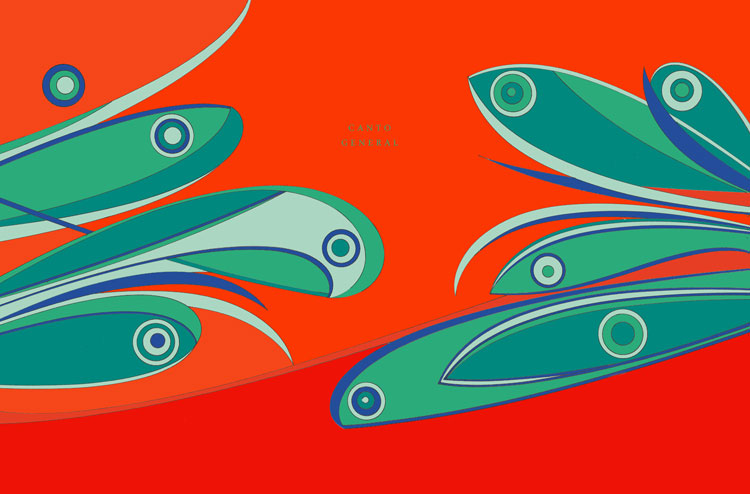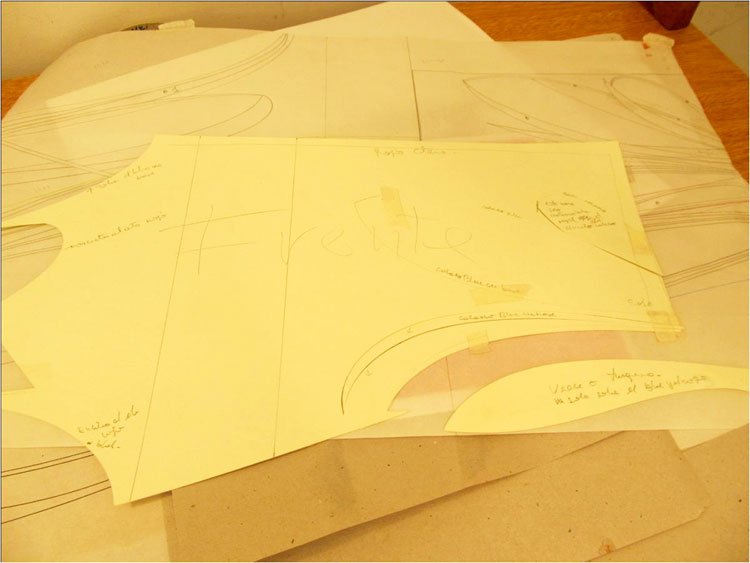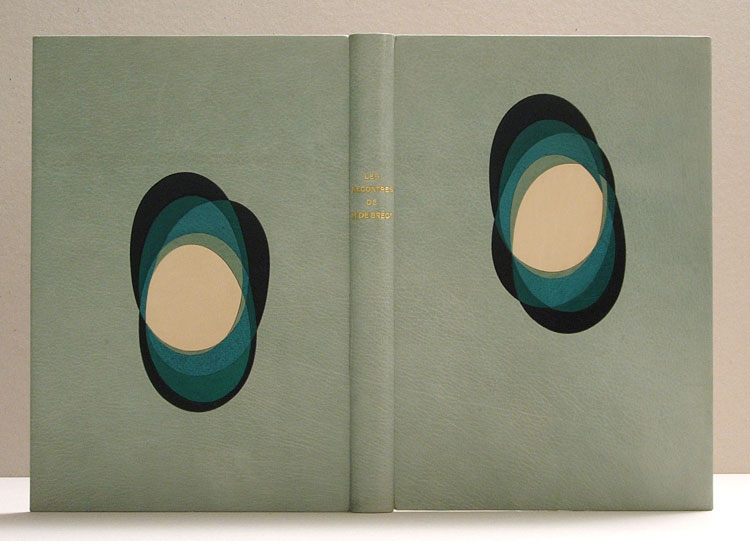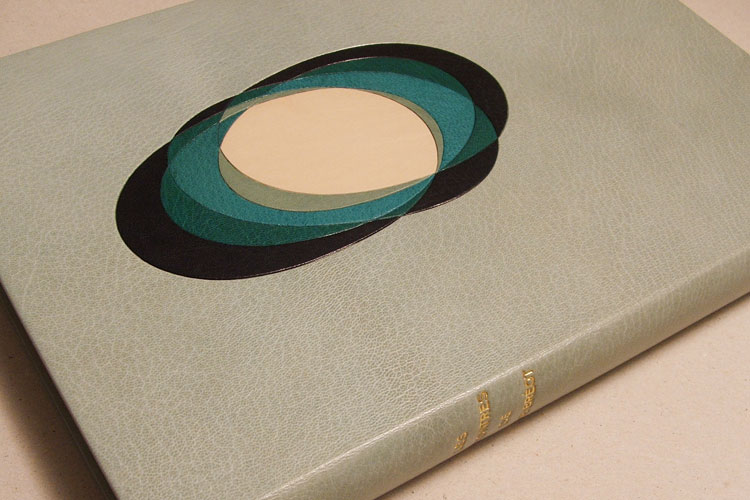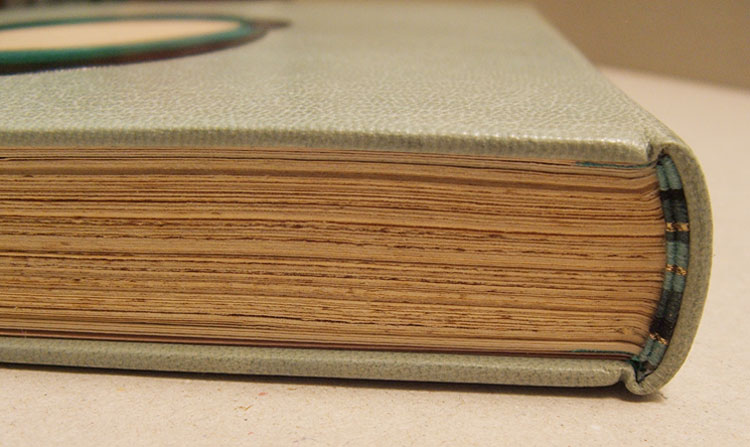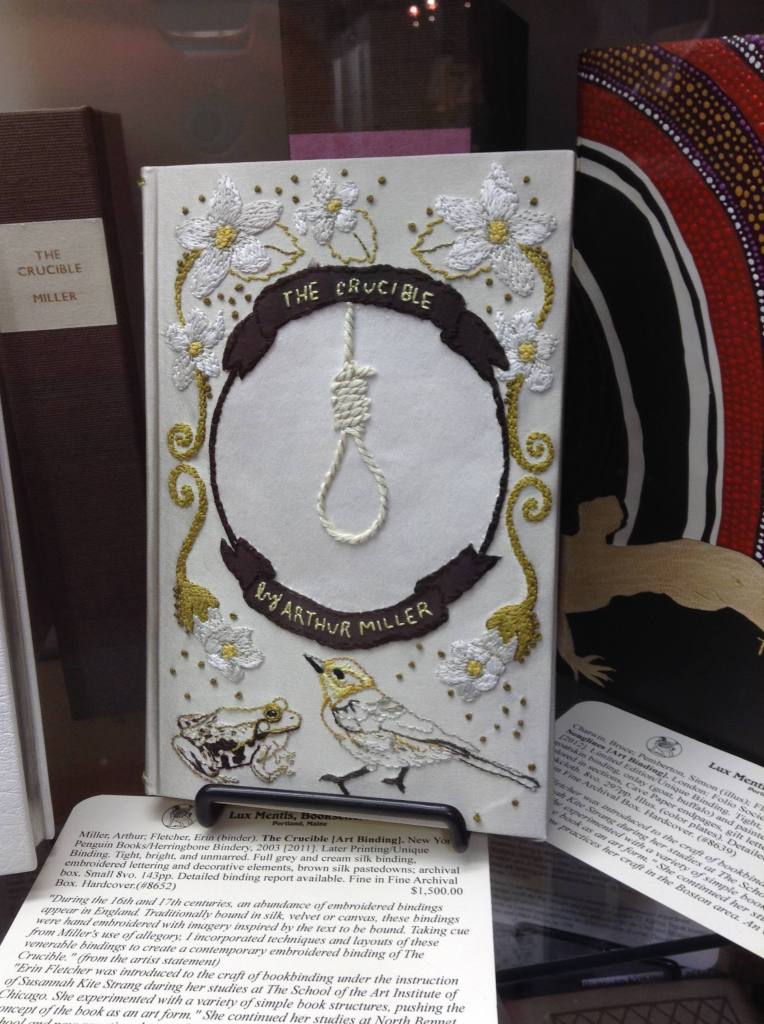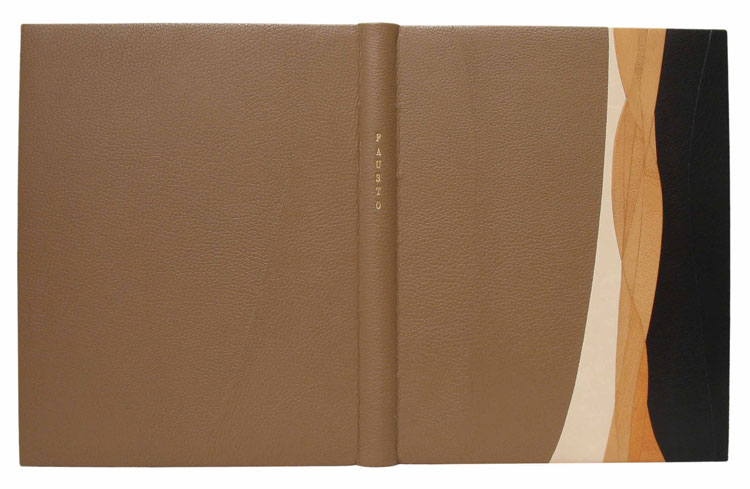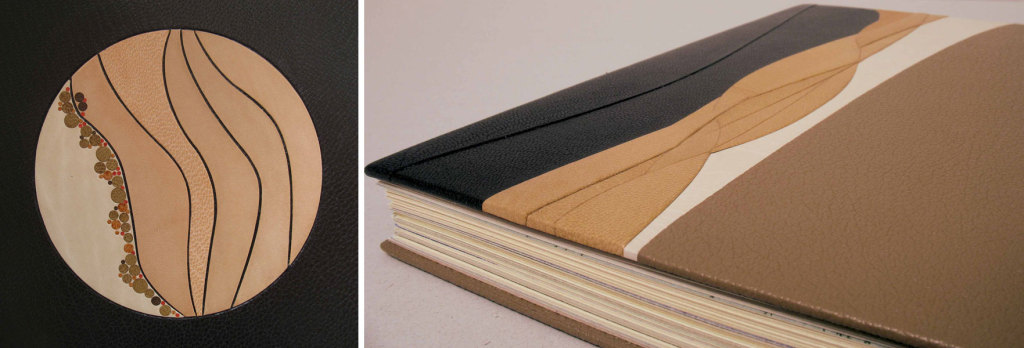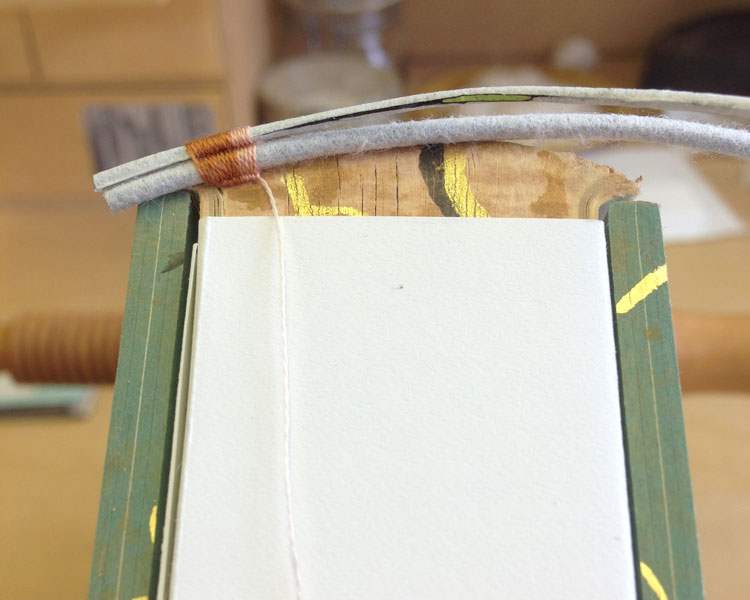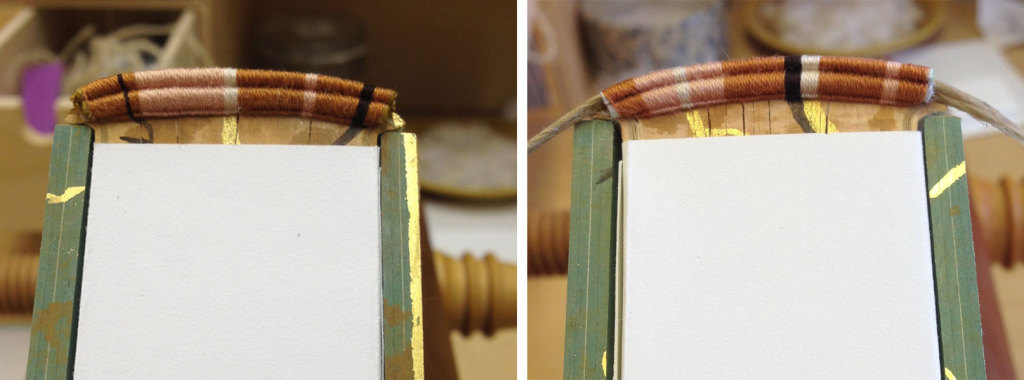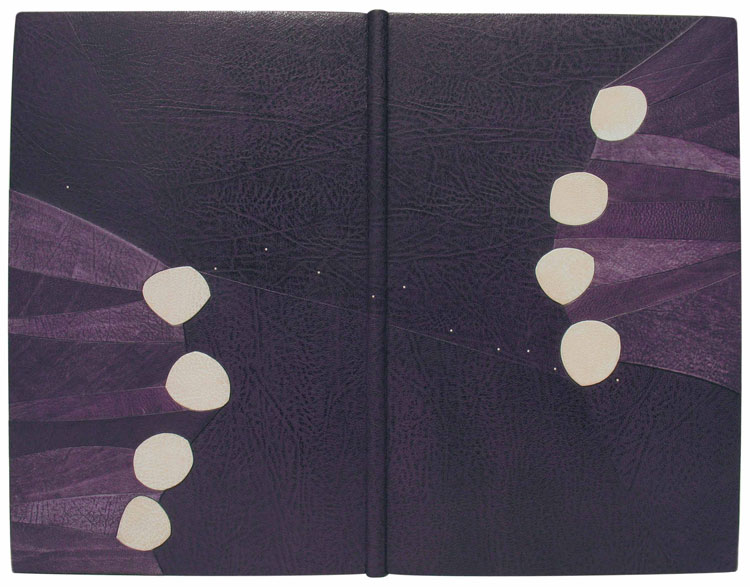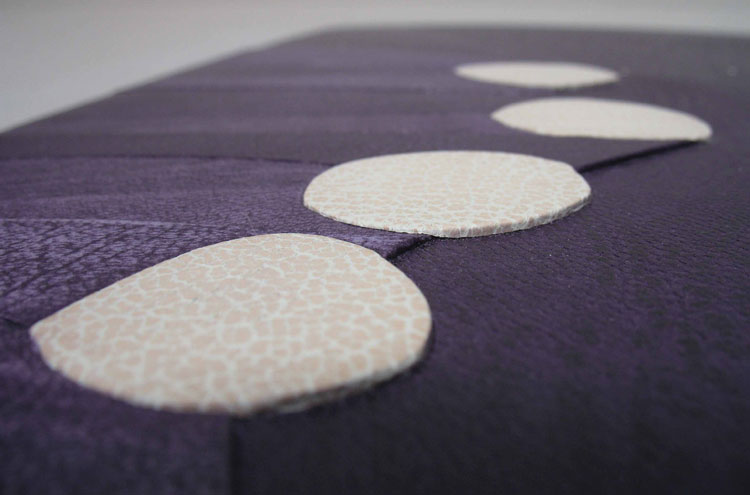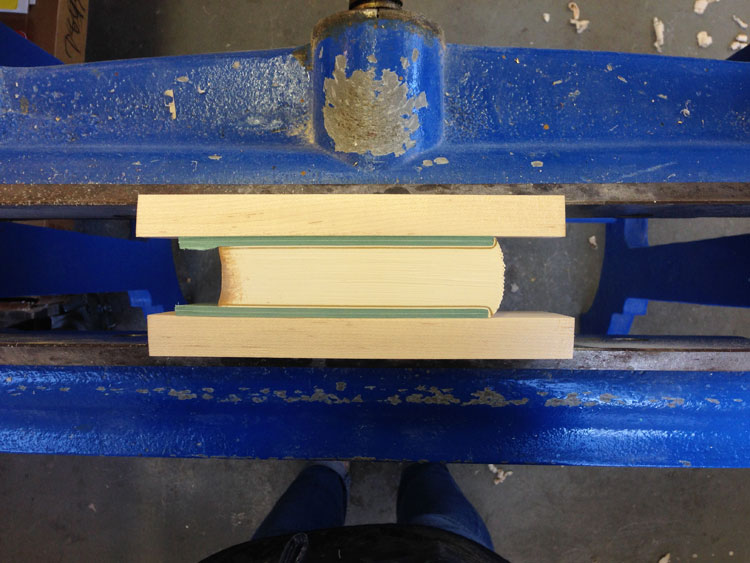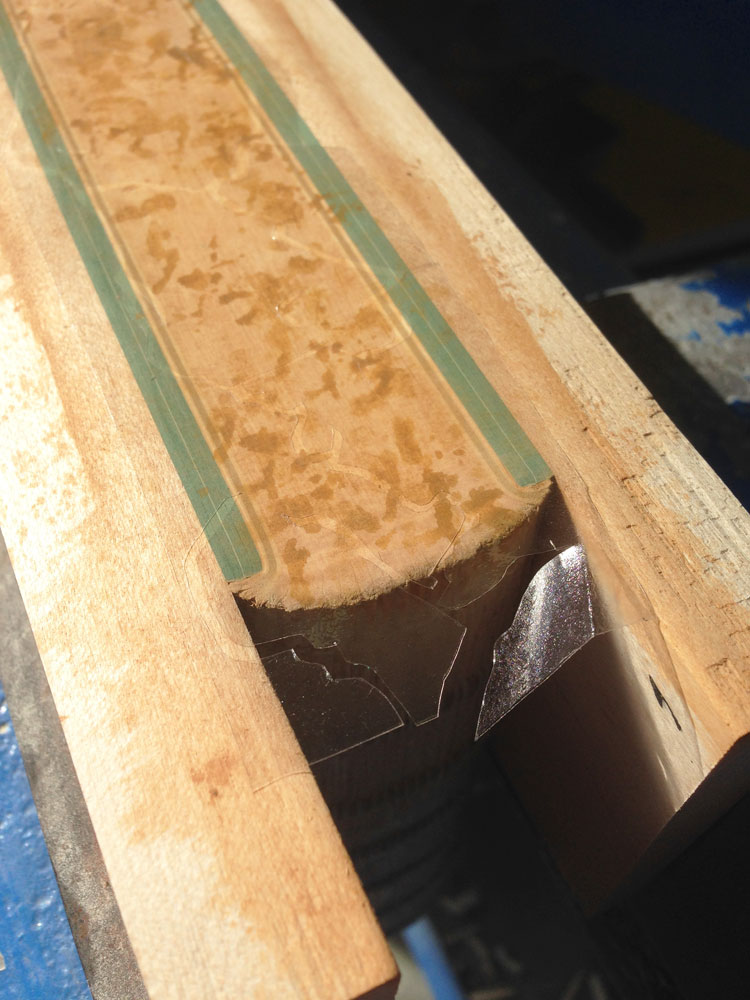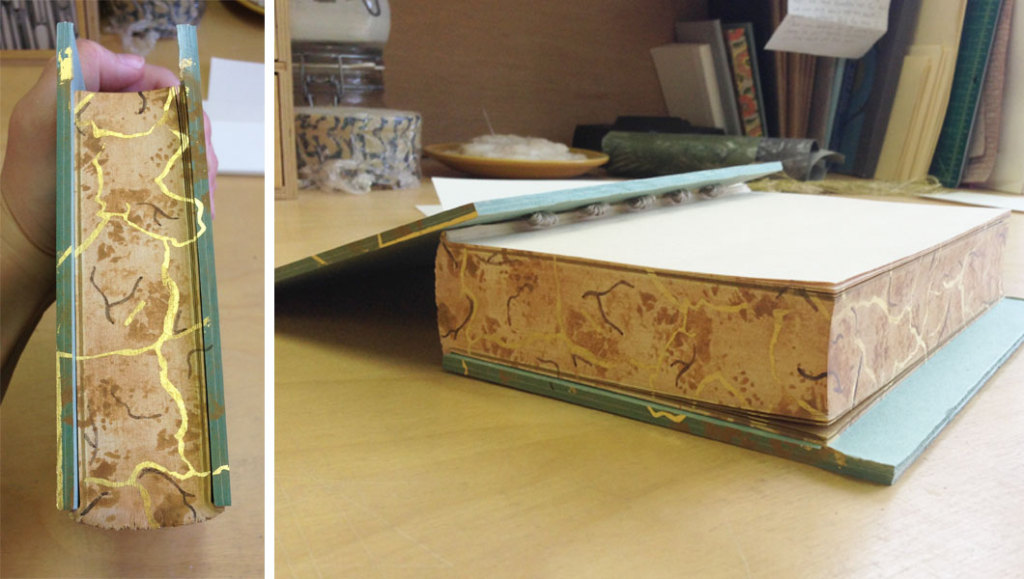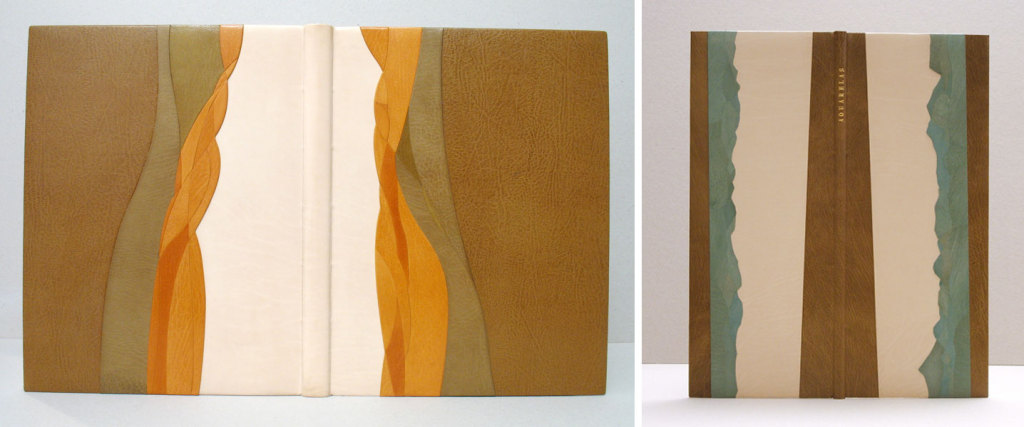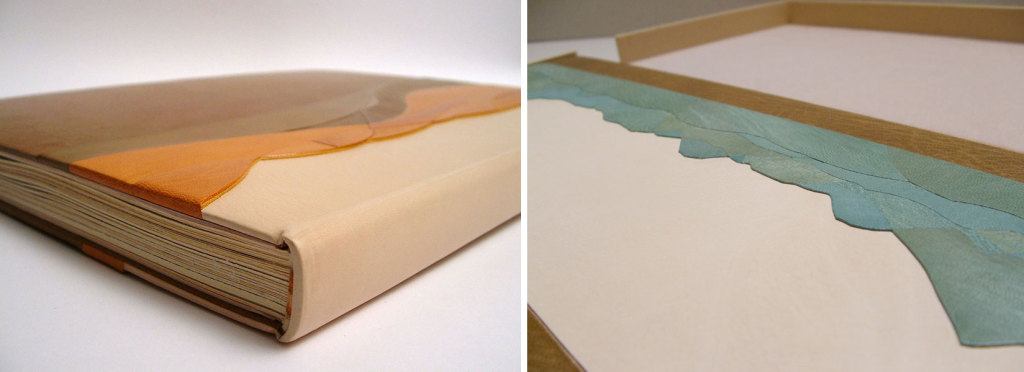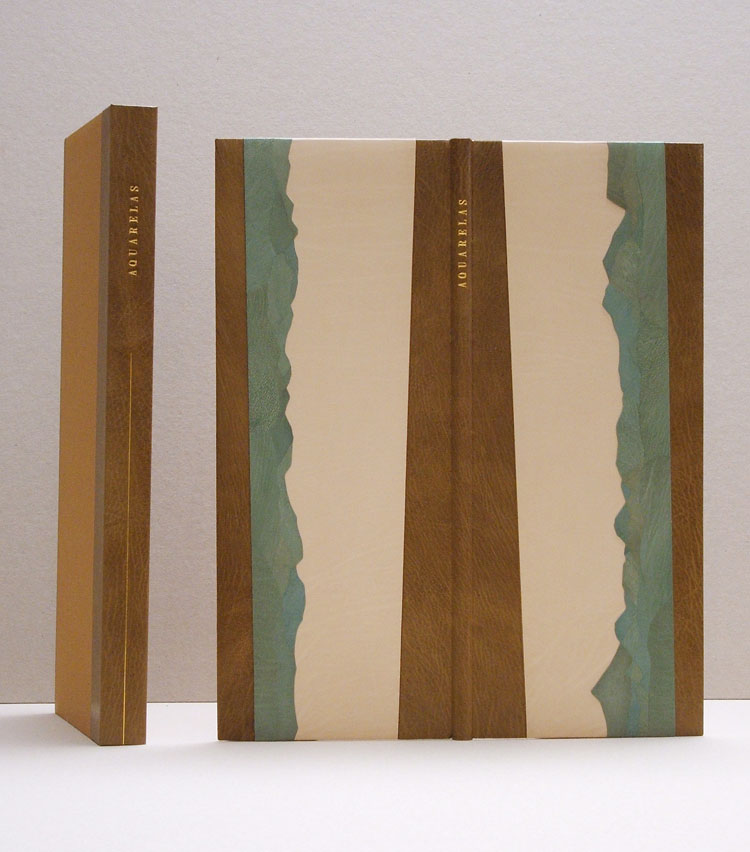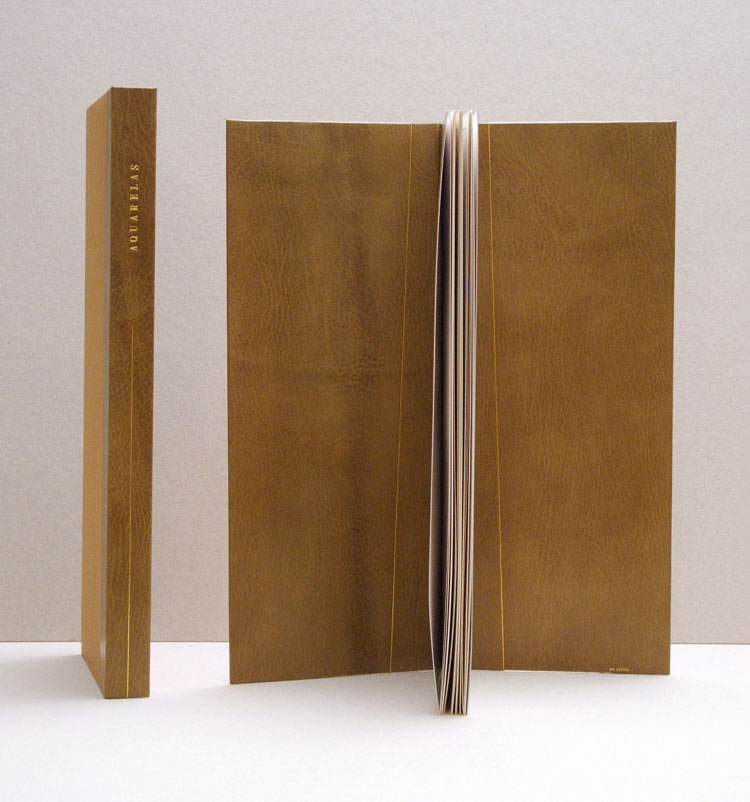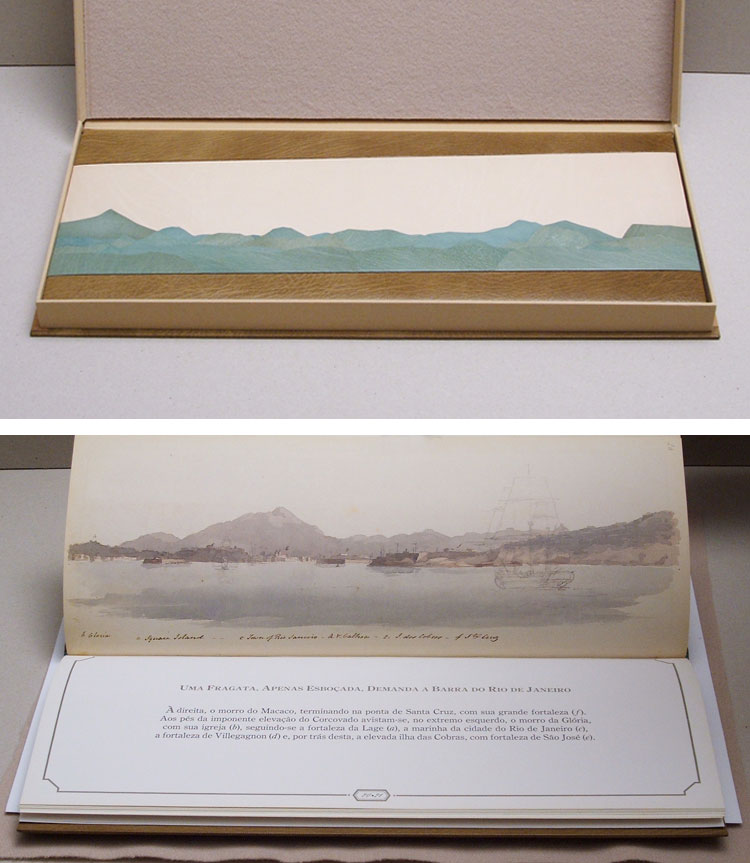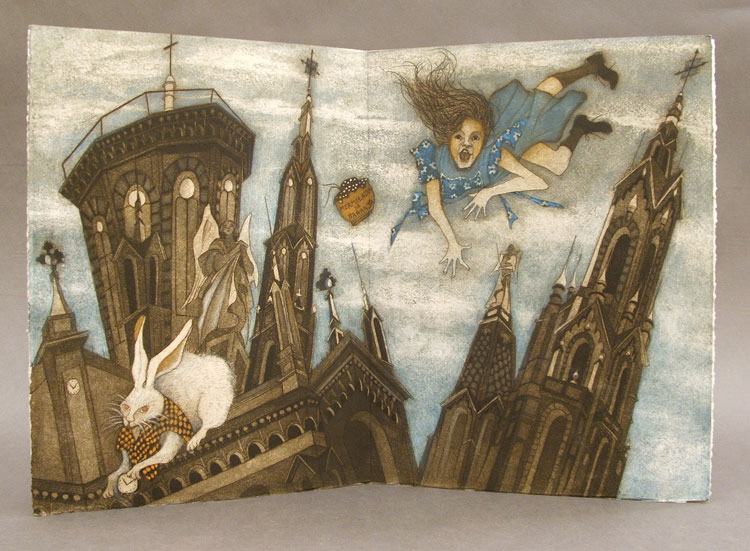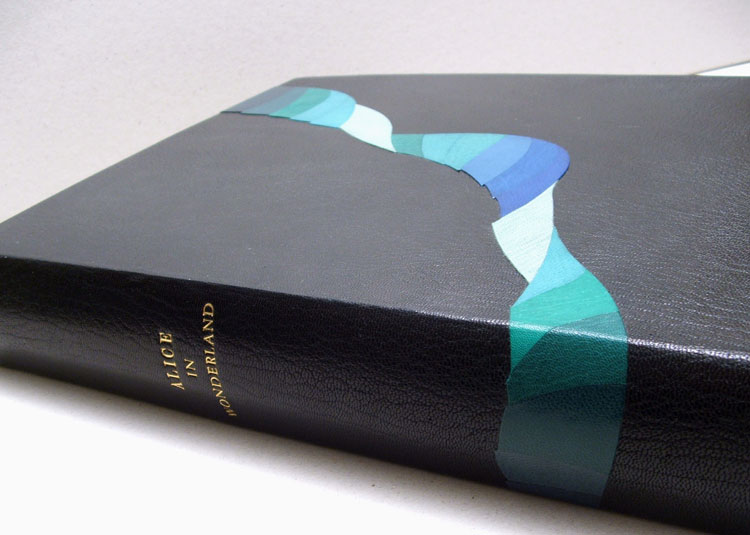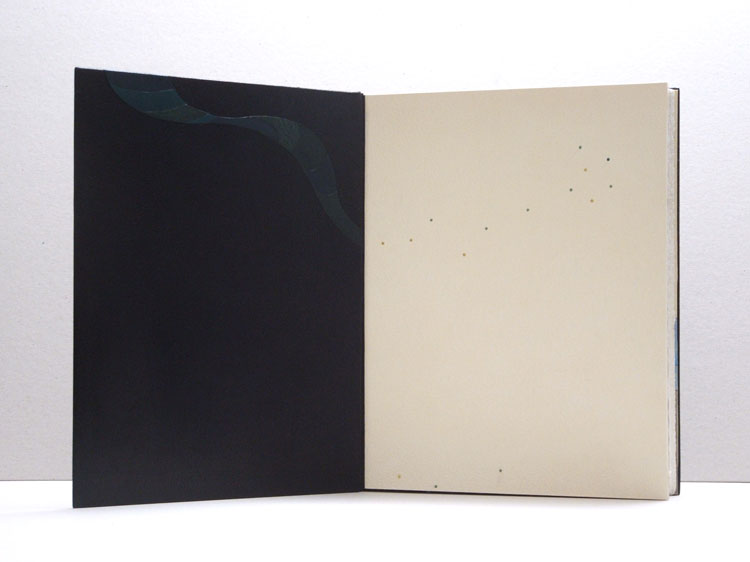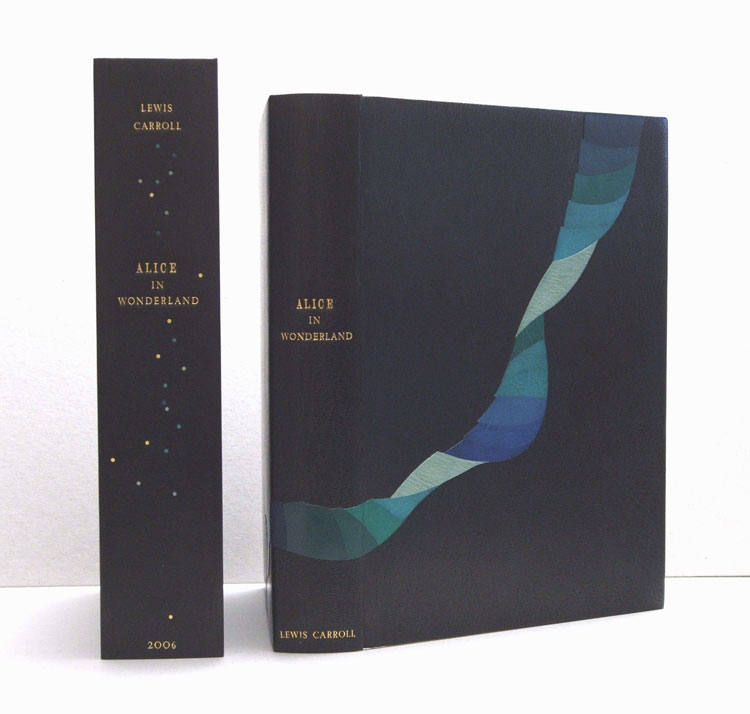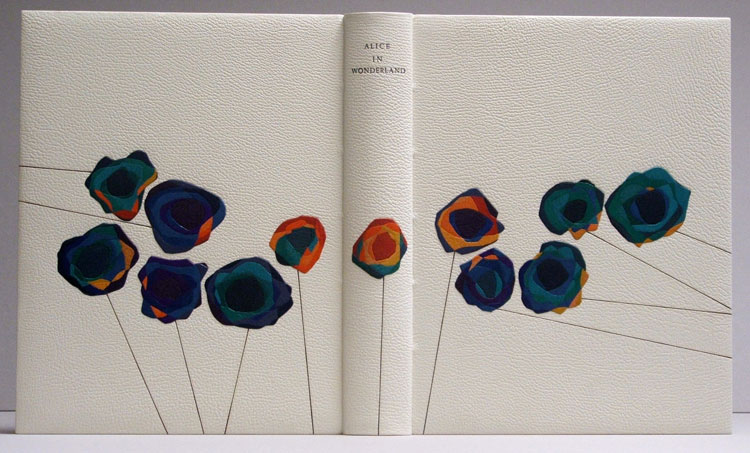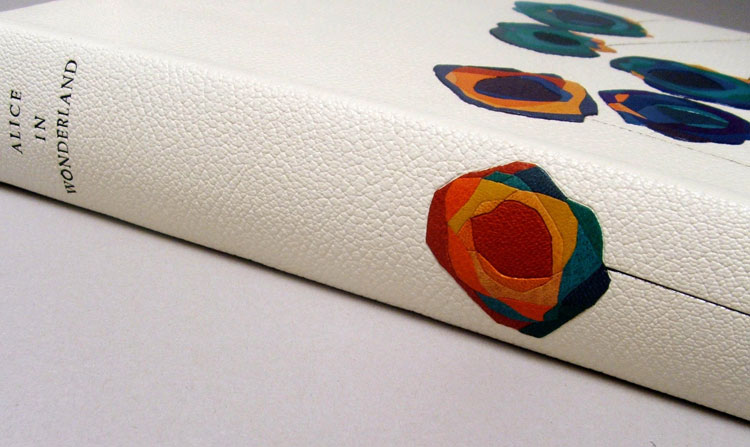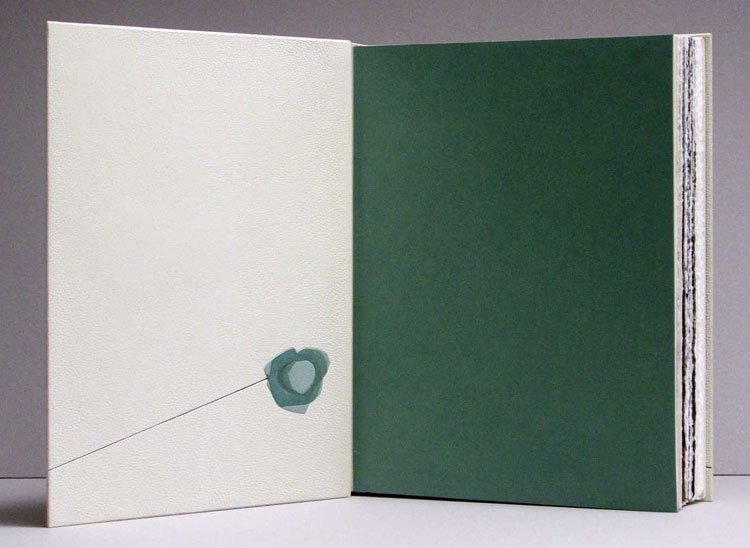As a work still in progress, Figure Study is a creative collaborative project between book artist and printer Sarah Bryant (Big Jump Press) and her biology professor cousin, Dave Allen. In the interview below, I’ve asked Sarah a series of questions about this project because its production is partially possible due to a successful Kickstarter fund. And of, course due to the brilliance of the design and content of the project.
Figure Study is a book about population data. Housed in a custom box is a series of population diagrams printed on drafting film. The translucency of the drafting film allows one to arrange the prints in unique combinations creating new sets of data and artistic forms.
Figure Study has an interactive element. How do you see the owner of this work connecting with the population diagrams?
I hope that the process of comparing the shapes will be a truly addictive one. I find it that way. Of course, the owner of the book will be able to look at the figures in a purely analytical way if they wish, layering a sheet of drafting film printed with a figure onto a grid and using the index to determine which regions are represented. But additionally the layering yields beautiful forms and stark contrasts that appeal to both the analytical parts of our brains and our more basic appetite for creating and experimenting.
It is interesting to me that over the last two years or so I have made three “books” that are essentially composed of loose sheets that can be rearranged. I didn’t set out to do it this way, but somewhere in the back of my mind I have been interested in the viewer reshuffling and recombining the content. I think this book is the natural conclusion of that impulse because the reshuffling of the data is so essential to the core of the book. Comparing, revealing differences and similarities, investigating.
– – – – – – – – – – –
I’m really excited to present this interview with Sarah Bryant. I continue to enjoy the work she produces and was pushed to conduct this interview from as a suggestion given by Michelle Ray, who I interviewed last year. Sarah is creating really interesting artist books in beautifully designed and bound formats. I recently made a pledge toward Sarah and Dave’s successful Kickstarter fund and am anxiously awaiting my reward. I see Kickstarter as a potential avenue for other book artists to fund their ambitious projects and a goal of this interview was to discuss the entire process with Sarah.
Check out the interview after the jump for more about Sarah, her background and creative process. Come back each Monday during the month of December for more about Sarah’s work.
